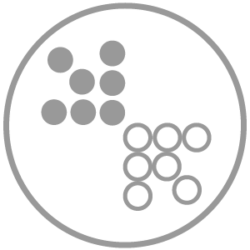Cyber criminal groups identified on social media
Last week Facebook deleted around 120 private discussion groups – equating to more than 300,000 members – that were promoting a host of illicit cyber criminal activities, including spamming, selling stolen debit and credit account credentials, phony tax refunds, DDoS-for-hire services and botnet creation tools.
The groups had reportedly been operating on Facebook for an average of two years, although some had been in operation for up to nine…
Link: Weekly Threat Report 20th April 2018
Source: NCSC Reports
